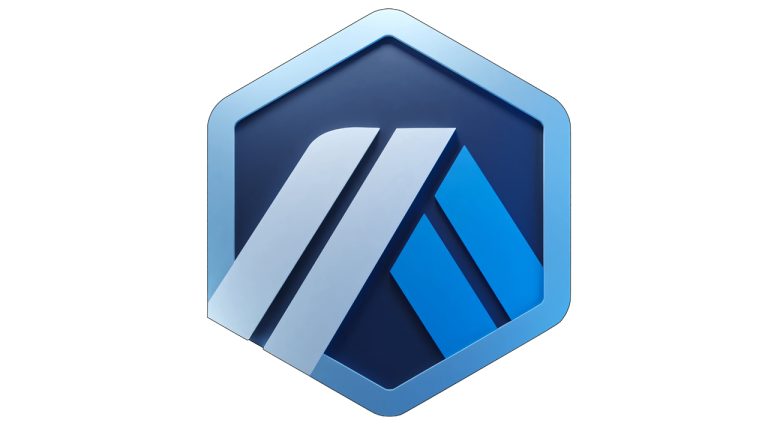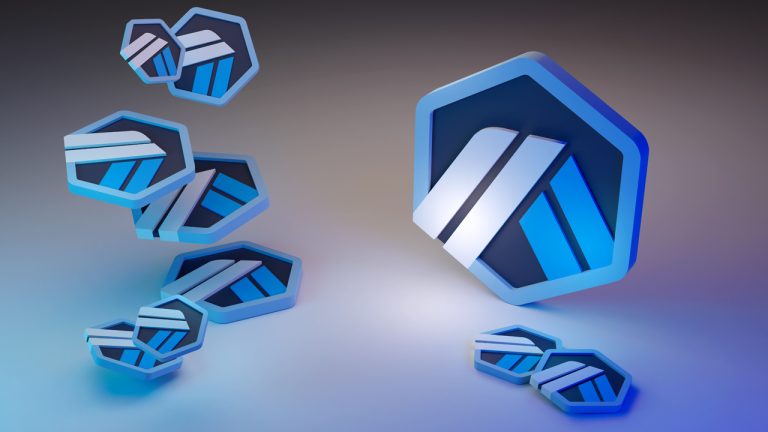
Offchain Labs co-founder Ed Felten said there were one or two fraud challenges submitted on a version of Arbitrum running on the Ethereum proof-of-work fork after the Merge, which was defeated.
Not a single fraud proof has been submitted on Arbitrum since it first launched its mainnet with the built-in security feature in August 2021, according to Ed Felten, co-founder and chief scientist of the Arbitrum-building Offchain Labs.
Operating as an Ethereum layer-2, Arbitrum’s interactive, multi-round fraud proofs work by allowing a layer-1 verifier contract to decide whether the challenger’s fraud-proof submission is valid. If so, the fraudulent validator’s stake is slashed.
Fraud proofs are submitted by challenging validators when it considers another validator to have fraudulently or otherwise incorrectly assembled an incoming batch of transactions into the next block.
However, Arbitrum’s mainnet is yet to see a fraud-proof attempt let alone a successful challenge, Felten told Cointelegraph at Korean Blockchain Week on Sept. 4:
“Not on mainnet. We did have one or two on Ethereum proof-of-work (POW). After the Merge, [...] there was a version of Arbitrum running on the Ethereum POW fork and somebody did try to steal all the data and there was a successful challenge which defeated that.”
Felten said few fraud proof attempts have been made because malicious-intended validators are risk losing their entire stake.
“If any one person notices it and disputes your claim then you will surely lose your stake, so there’s a stronger disincentive to try,” Felten added.
Both Arbitrum and Optimism operate as optimistic rollups!
— The Smart Ape (@the_smart_ape) September 1, 2023
However, Optimism and Arbitrum differ in their approaches to fraud-proof mechanisms.
Arbitrum: multi-round → longer confirmation times, more secure
Optimism: single-round → faster
4/ pic.twitter.com/mp0Nj86Fxz
Felten said there’s currently a permission set of validators — roughly 12 — that participate in the fraud proof game.
He also added that Arbitrum is rolling out a new iteration of the fraud proofs called “BOLD” protocol — (Bounded Liquidity Delay) which he says gives Arbitrum a faster guarantee for challenges.
“In the current version [...] an adversary who's willing to sacrifice multiple stakes can arrange to cause “N” weeks of delay if they're willing to sacrifice “N” stakes [...] But the BOLD protocol says no matter how many stakes they sacrifice, they'll be defeated in about eight days.”
Related: Arbitrum founder says Stylus is a game changer for EVMs
Arbitrum’s BOLD protocol was rolled out by Offchain Labs on Aug. 4.
After months in dev, we’re announcing BOLD (Bounded Liquidity Delay), a new dispute protocol that enables permissionless validation for Arbitrum chains, potentially removing the need for permissioned validation, dramatically improving decentralization. https://t.co/SHegVRGqXf
— Offchain Labs (@OffchainLabs) August 3, 2023
Felten said Arbitrum’s fraud proof feature will soon be permissionless, allowing anyone to push towards ensuring the correctness of the chain when challenges are made.
Magazine: DeFi Dad, Hall of Flame: Ethereum is ‘woefully undervalued’ but growing more powerful










